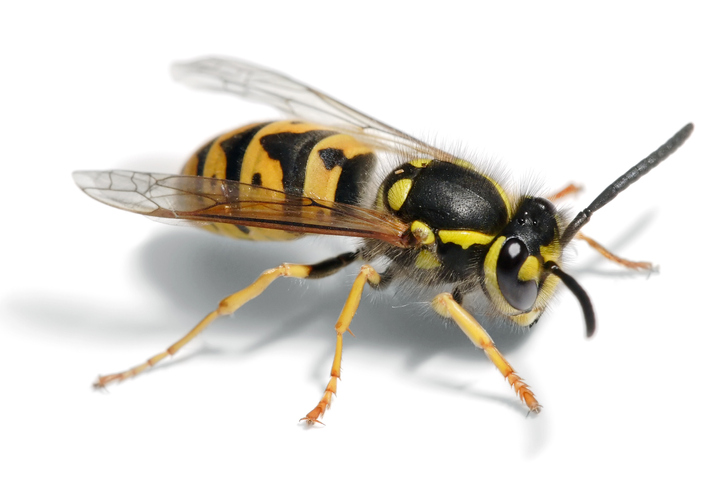Stinging Pests

Stinging Pests
Get the Janus Advantage Over bees, wasps & yellow jackets
The removal of stinging pests should be considered whenever people or pets are at risk. Bees, wasps, and yellow jackets may sting without provocation.
Risk Assessment
Not to overemphasize hazard, but here are a few tips to be mindful of: Stinging insects send more than 500,000 people to the emergency room each year. Nearly 2% of people are reportedly highly allergic–having a serious reaction (anaphylaxis) that requires emergency treatment. Some stinging pests can sense a threat from people, animals, or machinery, 50–100 feet away from their hive, reported by Africanized honeybees. Some species (yellow jackets) may also react to disturbances faster than others and in greater numbers—No Bueno!
Bothered by Stinging Pests?
Keep Pests Away—Call the Pros at Janus Pest Management Today!
ProTip: What to do if you’ve been stung...
More Info
Practical tips to help reduce discomfort from bee stings:
Remove the stinger as quickly as possible to curb the release of venom from the stinger.
Clean the affected area thoroughly with soap and cold water, then apply a cold compress or ice pack.
Over-the-counter nonsteroidal anti-inflammatory drugs (including Aspirin, Ibuprofen, and Naproxen) may be used as needed to relieve pain.
Antihistamines and hydrocortisone ointment can help soothe the local reaction.
If the local reaction worsens, see a doctor for prescription oral steroids or antihistamines.
If a more serious reaction occurs, seek emergency medical assistance or call 911. Those who have known allergies to stinging insects should acquire epinephrine kits, know how to use them, and carry them at all times. –NPMA
Head Office
138 S Valencia St. Ste F Glendora, Ca 91741
Call Us
(888) 526-8744
EMAIL US
service@januspest.com
